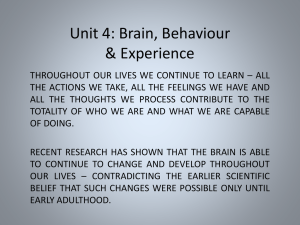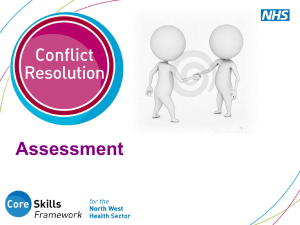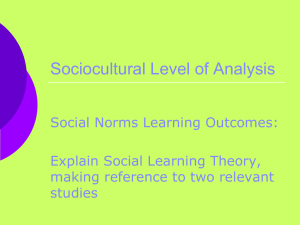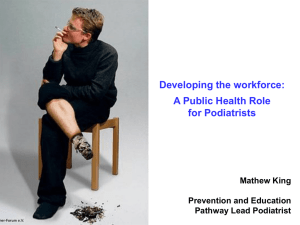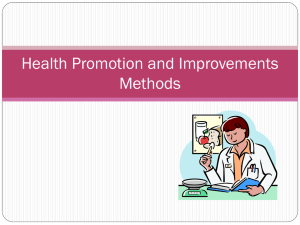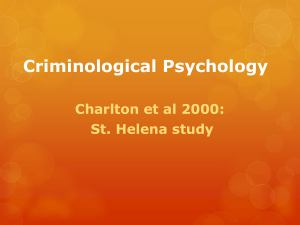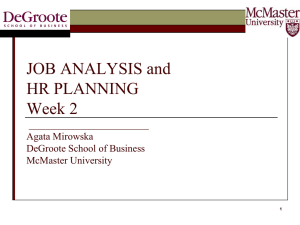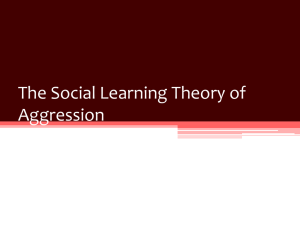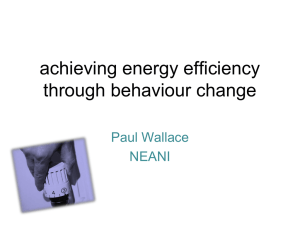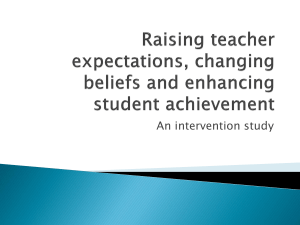Theory of reasoned action (TRA) Theory of
advertisement
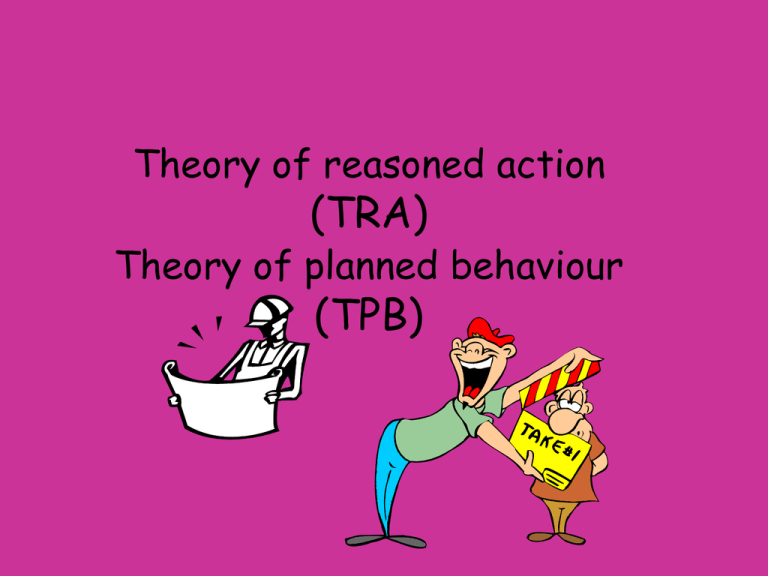
Theory of reasoned action (TRA) Theory of planned behaviour (TPB) Theory of reasoned action. • This is looking at the link between attitudes and behaviour. • Theory of reasoned action illustrated this exact link…… • Using a number of components it is believed behaviour derives from….. Theory of reasoned Action (TRA) • Personal beliefs about the behaviour…A persons expectation(s) of the outcome of performing the behaviour and their evaluation. • The subjective norm…The persons perception of how others view the behaviour, and the individuals motivations to comply with social convention. We used this model in Eating behaviour (PSYA3)…how could this be used for addiction? 5 mins post it task. Theory of reasoned Action (TRA) • Sharma (2007)- suggested the theory had strong predictive utility. • Nonetheless others felt differently and suggested the theory could not explain in sufficient detail the actins of people who have little or no control over their behaviour (aka addicts!). • So a new model was born….Theory of Planned behaviour. Theory of planned behaviour (TPB) • Azjen (1991) suggested various factors combine to form an intention to act a certain way. Hmm….How do I use this with addiction? Attitudes toward behaviour Subjective norms Perceived behavioural control Intention to behave in a certain way Behaviour Model of change • The model defines a more general process of change and, therefore, it tends to be less specific. Prochaska and DiClemente found that people pass through a series of stages when change occurs. • Progression through the stages is cyclical, not linear. This is because initially many individuals relapse on their change efforts and do not successfully maintain their gains the first time • around. Model of change (Prochaska et al (1992) • • • • • Pre-contemplation-Does not perceive they have a problem, has no intention of changing. Contemplation-Aware they have a problem, know they should make a change, not fully committed to idea (sitting on the fence). Preparation- Intending to take action, may have begun to act-the get set point! Action stage- Change has happened (over months) change occurs in behaviour, environment or experience. Maintenance-Working to prevent relapse, in maintenance stage if they remain free of problem for 6mths + Source: https://images1.clinicaltools.com/images/cmetobacco/trans_model.gif Evaluation on Models of change Counselling to avoid relapses is necessary to ensure a successful long-term change. The model takes into account behavioural relapses or return to the previously existing behaviour. In the case of relapses, many individuals do not let up. They can revisit the contemplation stage and prepare for action in the future. The spiral pattern of the model suggests that many individuals learn from their relapses instead of circling around the issue Evaluation of TPB,TRA and model of change. • TRA- Cannot explain addictive behaviour. • TPB- Is a better explanation than TRA, can in some cases be used to successfully help prevent addictive behaviours (teenage smoking: (Winge 2003) • Both Limited in scope- Both look at deliberate planned behaviours do not account for behaviours that are not necessarily conscious (Bohner 2001). • Models of change may be more productive in explaining non-conscious behaviours such as addiction. Comparison of the models. • Prochaska & DiClemente’s change theory is differentiated from the other theories. The model is cyclical, not linear. This theory takes relapses or failures to convert to the desired behaviour the first time into account. • Individuals that may relapse can revisit the contemplation stage and make plans for action in the future. • Whereas Self-efficacy must be present in order for theory of planned behaviour to be successful.
